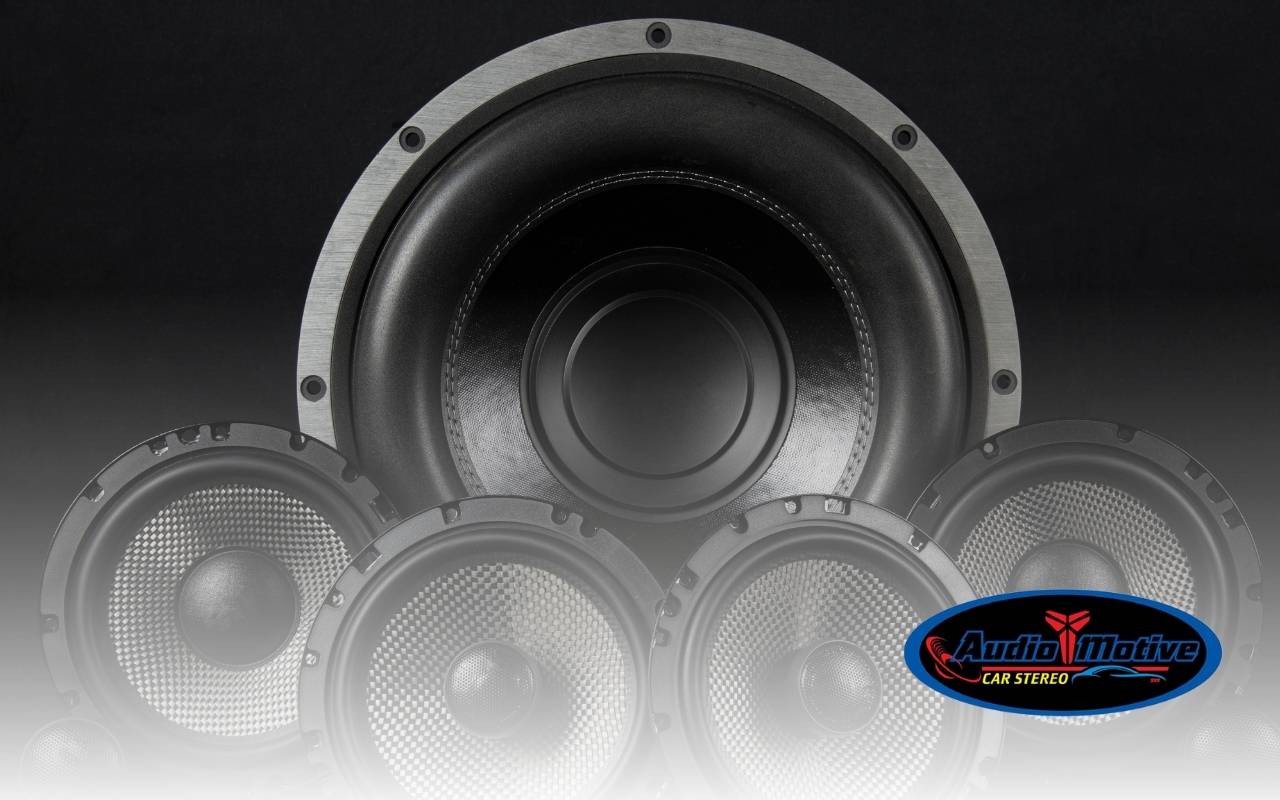
Have you ever tapped your fingers to a song while driving, only to be disappointed by poor sound quality? If you crave immersive, clear sound, you’re not alone. The search for the perfect setup begins by learning how to choose car audio system components wisely. With technology evolving fast, the choices are overwhelming. From stereo head units to subwoofers that shake mirrors, every component matters. This guide explains the essentials so you can achieve premium sound on the road.
Understanding the Basics of a Car Audio System
A car audio system transforms electrical signals into sound. The process starts with the head unit, then passes through processors, amplifiers, and finally speakers or subwoofers. Each stage influences clarity and depth. Nearly every setup includes:
- A head unit as the command center
- Speakers for mids and highs
- Amplifiers to boost power
- Subwoofers for low frequencies
By grasping these basics, you’ll know how every part shapes the listening experience. This foundation helps when deciding how to choose car audio system components effectively.
Selecting the Right Car Stereo Head Unit
The head unit controls your system. Modern options include Bluetooth, USB, and smartphone integration. Look for features like EQ settings and preamp outputs. Important considerations are:
- High signal-to-noise ratio for cleaner sound
- Multiple RCA outputs for amplifiers
- Single-DIN or double-DIN fit for your dashboard
Choose a head unit aligned with your space and upgrade goals. For installation help, explore our car audio installation tips.
Choosing the Best Speakers for Your Car
Speakers define clarity and detail. Coaxial options are simple, while component sets deliver superior staging. Key aspects include frequency range, sensitivity, and power handling. Material also matters: polypropylene cones resist moisture, while silk tweeters give smooth highs. Measuring your current mounting space avoids installation problems. This careful evaluation ensures you know how to choose car audio system components that match your vehicle.
Exploring Amplifier Options for Enhanced Sound Quality
Amplifiers power speakers and subs. Two-channel amps suit basic setups, while mono amps are best for subwoofers. Match amplifier RMS output with speaker ratings for clean playback. Class AB amps sound warm, while Class D models offer efficiency in compact sizes. Use built-in crossovers to direct frequencies appropriately. For guidance, visit our car audio system planning guide to find professional support.
Adding Subwoofers for Deep Bass Impact
Subwoofers add depth your speakers cannot. They come in sealed boxes for tight bass or ported enclosures for louder output. Factors to consider include size, sensitivity, and available space. Matching impedance with your amplifier avoids power loss. The right subwoofer setup creates balanced, impactful bass that enhances the system. Learn more about simplified setups in our plug and play car audio guide.
Factors to Consider When Selecting Car Audio Components
Deciding how to choose car audio system components involves multiple elements. Think about:
- Your listening goals (highs, mids, or bass)
- Vehicle acoustics and space
- Budget constraints and upgrade priorities
- Wiring gauge and power delivery
Speaker placement, wiring harness adapters, and alternator capacity all affect results. By balancing these aspects, you’ll make the right investment in sound quality.
FAQs on Car Audio Systems
What are the essential parts of a car audio system?
Head units, speakers, amplifiers, and subwoofers form the core of most car audio systems.
Do I need an amplifier if my speakers sound fine?
Yes, amplifiers enhance clarity, power, and dynamics, even with stock or aftermarket speakers.
What size subwoofer should I choose?
Choose based on space and sound goals. Ten-inch subs fit tight spaces, while larger ones provide deeper bass.
Can I install components myself?
Basic installations are possible, but professional help ensures wiring safety and optimal performance.
How often should I maintain my system?
Inspect connections and clean components every few months for consistent performance.
Ensuring Compatibility and Installation Ease
Compatibility reduces installation challenges. Verify harness connectors and speaker sizes before purchase. Plan amplifier placement for cooling and secure mounting. Protect wiring from sharp edges and heat. If needed, consider professional installation through our installation tips for peace of mind.
Fine-Tuning Your Car Audio System for Peak Performance
System tuning involves setting amplifier gains, EQ adjustments, and crossover settings. Time alignment ensures coherent sound. Filters prevent frequency overlap, while subwoofer controls refine bass blending. Careful adjustments transform individual parts into a unified audio experience.
Maximizing Sound Quality Through Proper Maintenance
Maintenance prevents failures and ensures quality. Check connections, clean cones, and monitor battery health regularly. Keep amplifiers dust-free and replace overheated fuses. Protect your system from moisture. With these steps, you’ll enjoy consistent audio for years.
Elevating Your Driving Experience with the Perfect Car Audio System
Choosing the right mix of components creates an immersive journey. With careful planning, regular maintenance, and informed choices, you’ll know exactly how to choose car audio system components that deliver rich, balanced sound. For expert advice or installation, contact us directly through our contact page and take your driving experience to the next level.
